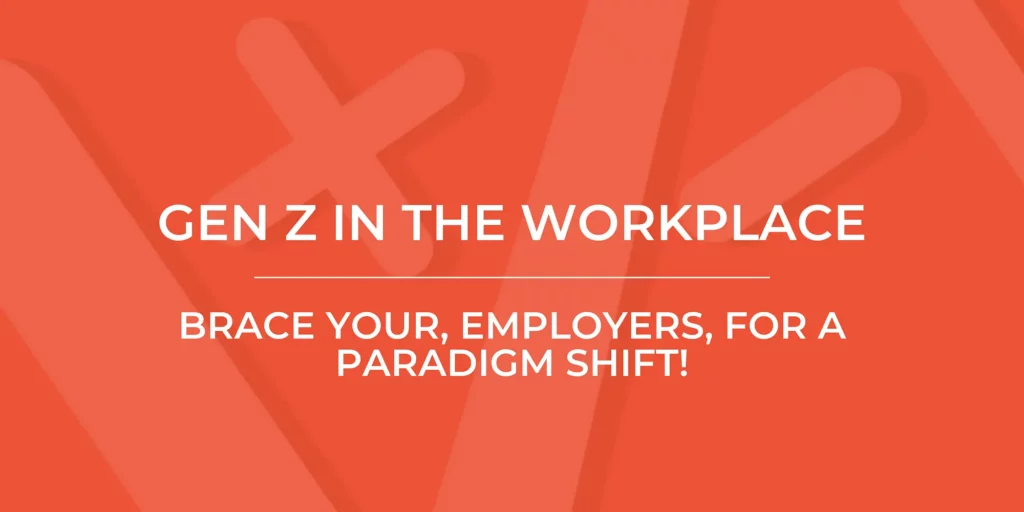October 12-14, 2022 | Grand Hyatt, Nashville, TN Expo Hall (Booth 307) | 12:00 PM – 1:30 PM CT CCW Nashville – The CCW is the world’s #1 customer contact event. The immersive Expo Hall is the bridge for top executives and business leaders to connect and do business….


